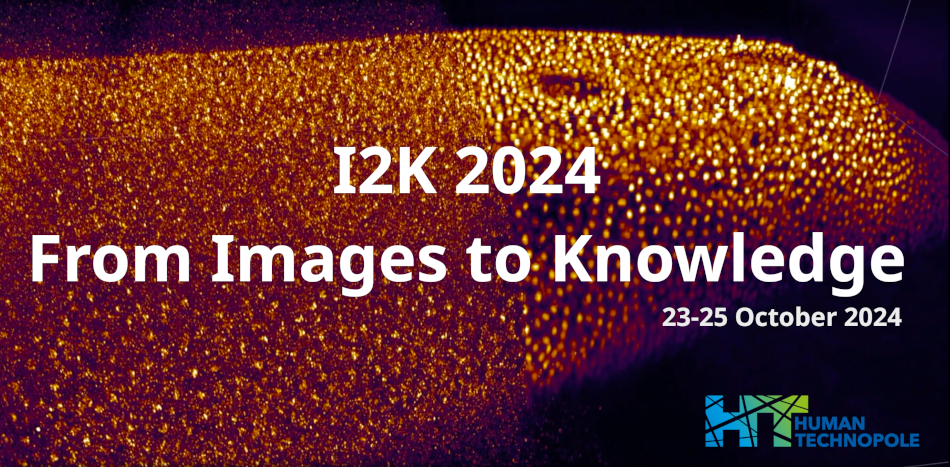Speakers
Description
Advancements in microscopy technologies, such as light sheet microscopy, allow life scientists to acquire data with better spatial and temporal resolution, enhancing potential insights into cellular, developmental, and stem cell biology. This has generated a need for robust computational tools to analyze large-scale image data.
We present Mastodon, a plugin for the ImageJ software, designed for cell and object tracking, capable of handling terabyte-sized datasets with millions of cell detections. Optimized data structures keep Mastodon responsive on consumer hardware, making it ideal for interactive use cases such as manual tracking, data inspection, and ground truth curation in large datasets. Additionally, algorithms and deep learning-based extensions facilitate (semi-) automatic tracking.
In this contribution, we will highlight extensions for 3D visualization and comparison of stereotypically developing embryos. They have been used to compare multiple embryos of the same species, analyze similarities and differences, correct tracking errors, and gain new insights.
The Mastodon Blender View utilizes the open source Blender 3D modeling software to visualize tracking data in 3D, allowing for dynamic viewing from all angles and high-quality movie rendering. The lineage classification extension is demonstrated by grouping lineage trees based on their structure, revealing patterns in cell division that are linked to cell fate.
| Authors | Tobias Pietzsch, Jean-Yves Tinevez, Stefan Hahmann*, Matthias Arzt*, Johannes Girstmair, Vladimír Ulman, Ko Sugawara, Robert Haase, Pavel Tomancak |
|---|---|
| Keywords | Mastodon, cell tracking, big data, light sheet microscopy, cell lineages, lineage registration, lineage classification, 3D visualization |

